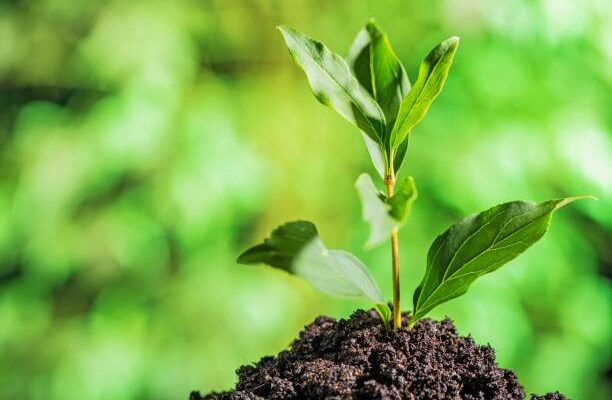Introduction
Ethiopia’s Green Legacy Initiative is one of the most ambitious environmental restoration programs in the world. The initiative, launched in 2019 by Prime Minister Abiy Ahmed, aims to plant 20 billion trees across the country and plant 25 million seedlings by the end of 2022. This initiative is part of Ethiopia’s commitment to the United Nations’ Sustainable Development Goals and its pledge to combat climate change.
Through the initiative, the government of Ethiopia hopes to combat deforestation, increase the country’s forest cover, and enhance the ecosystem services that forests provide, such as clean air, water, and soil. Furthermore, the initiative also aims to create green jobs and stimulate economic growth by promoting sustainable land-use practices.
This article examines the initiative’s achievements, challenges, and impact on Ethiopians and the global community. As the world faces increasing environmental challenges, this initiative highlights the critical role of reforestation and sustainable land-use practices in addressing them.
Objectives of the Green Legacy
The Green Legacy Initiative aims to combat deforestation, increase forest cover, restore ecosystem services, and create green jobs.
Achievements of the Green Legacy
Since the launch of the Green Legacy Initiative, significant progress has been made in achieving its objectives. Some of the key achievements include planting more than 25 billion trees, surpassing the goal of 20 billion trees by the end of 2021. Additionally, the forest coverage of the country has increased from 15% in 2019 to 16.4% in 2021. The Green Legacy Initiative has also created thousands of new jobs in the forestry and conservation sectors and raised awareness about
the importance of reforestation and environmental conservation among Ethiopians and the global community.
Challenges Facing the Initiative
While the Green Legacy Initiative has achieved several milestones, it faces some challenges that need to be addressed. These challenges include ensuring tree survival, engaging local communities, and financing. The survival of planted trees can be impacted by various factors such as water scarcity, pests, and environmental degradation. Engaging local communities can be challenging due to limited knowledge and resources. Financing can also be a significant challenge, and private-public partnerships can help ensure the program’s sustainability.
Impact on the Lives of Ethiopians and the Global Community
The Green Legacy Initiative has had a significant impact on Ethiopia and the global community by improving environmental quality, mitigating climate change, creating jobs, conserving biodiversity, providing health benefits, and generating economic benefits. The initiative has also inspired other countries to undertake similar restoration programs and has contributed to ecological sustainability.
Conclusion
Ethiopia’s Green Legacy Initiative is a commendable effort towards restoring degraded forests, enhancing ecosystem services, and promoting sustainable land-use practices. While the initiative faces some challenges, its achievements to date demonstrate the potential of community-led reforestation programs to address environmental challenges. As the world faces increasing threats from climate change and environmental degradation, the Green Legacy Initiative provides a powerful example of the important role of national-level initiatives in promoting sustainability and protecting our planet’s resources.

